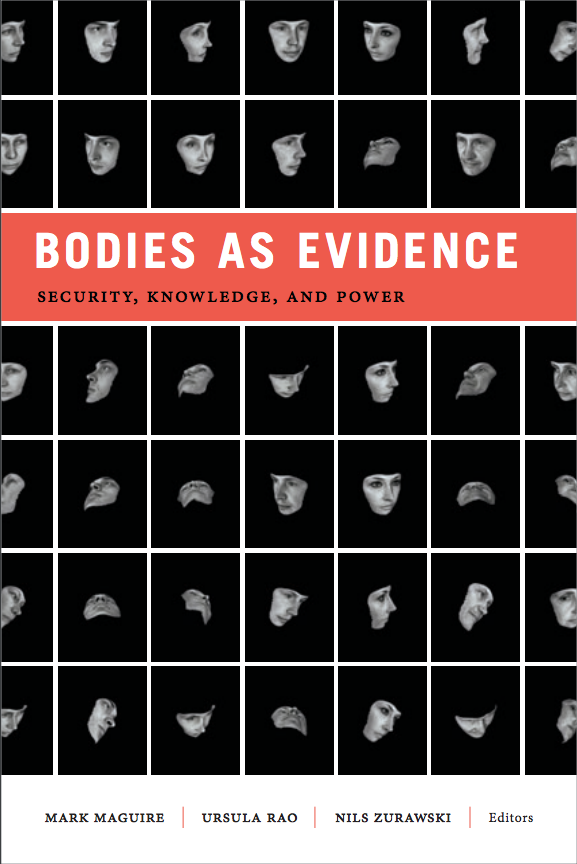
“The Transitional Lives of Crimes against Humanity” (A. Robben y F. Ferrándiz, en Bodies as Evidence: Security, Knowledge and Power, ed. por Mark Maguire et al., pp. 110-136, Durham: Duke University Press [2018])
This chapter analyzes the complexity of collecting and interpreting forensic evidence about the victims assassinated during Argentina’s dictatorship from 1976 to 1983, Spain’s Civil War from 1936 to 1939, and the decades of authoritarian rule in Spain until Franco’s death in 1975. More concretely, the text compares the complexity of gathering and interpreting forensic evidence in Argentina’s Death Flights and in the Crypts of the Valley of the Fallen. What makes the comparison of the Argentine and Spanish cases of exhumation presented here so interesting is how the transitional lives of the crimes against humanity developed in parallel or interactive ways, and how the combination of forensic exhumations, legal accountability, and political circumstances gave rise to different bodies of evidence. Political refugees fled Franco’s dictatorship to Argentina after 1939, and Argentines escaped from their country to Spain after the military coup d’état of 1976. Both regimes made great efforts during authoritarian rule to destroy the evidence of their crimes against humanity, and the two countries have collaborated and inspired one another since the mid-1980s to find disappeared citizens; exhume mass graves; and pursue memory, truth, and accountability..